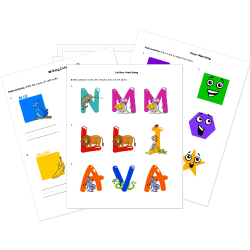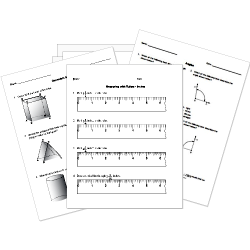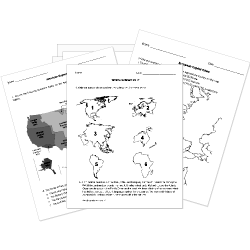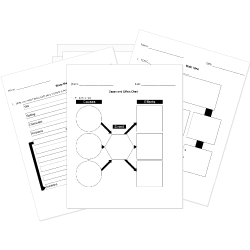Magnetic Interaction and Magnetic Field
Magnetic Interaction and Magnetic Field
This lesson aligns with Next Generation Science Standards (NGSS) PS3.C
Introduction
Have you ever wondered how magnets attract or repel each other when they are brought close to each other? Or how compasses help us navigate? Magnetic interaction and magnetic fields are captivating phenomena that shape our understanding of the invisible forces that surround us. The magnetic force is a consequence of the electromagnetic force and is caused by the motion of charges. Magnetic fields are the key players in magnetic interaction. In this article, we will explore the fundamentals of magnetic interaction, uncover the intriguing properties of magnetic fields, and understand their significance in science and technology.
Magnetic Interaction
Magnetic interaction refers to the fascinating way in which magnets interact with each other and with certain materials. Magnets possess two distinct poles, known as the north (N) and south (S) poles. Similar poles repel each other, while opposite poles attract. This behavior can be observed when bringing two magnets together.
Furthermore, magnetic interaction is not limited to just magnets. It also extends to objects made of ferromagnetic materials such as iron, nickel, and cobalt. When exposed to a magnetic field, these materials can become temporarily magnetized and experience attraction or repulsion.
The concept of magnetic interaction involves the influence that magnets exert on each other. When two magnets are brought together, their magnetic fields interact with each other, resulting in either attraction or repulsion. The strength of this interaction depends on the distance between the magnets and their relative orientations.


If a point charge is moving at constant velocity in a uniform magnetic field, we can find magnetic force by using the following equation:
F=qvB
F=qvBsinsinθ
Where q represents a point charge, v is the velocity and B is a uniform magnetic field.
Right-hand Rule
The right-hand rule is a hand mnemonic used in physics to determine the direction of magnetic force.
According to the right-hand rule, one uses his right hand to make an L-shape using the right thumb, pointer, and middle finger. Now, if the middle finger is moved inwards toward the palm so that it is perpendicular to the pointer finger and thumb. In this way, the hand would look similar to the figure below:

In the case of positive, your right thumb gives the direction of the velocity (v), your index finger gives the direction of the magnetic field (B), and your middle finger will point in the direction of the resulting magnetic force (F). If the moving charge is negative, then you need to reverse the direction of your thumb because the force will be in the opposite direction.
Magnetic Fields
Magnetic fields are the key players in magnetic interaction. They are invisible lines of force that surround magnets and other objects influenced by magnetism. These fields extend from the magnet's north pole to its south pole, forming curved lines called magnetic field lines. By visualizing these lines, we can understand the strength and direction of the magnetic field.
The density of magnetic field lines indicates the strength of the magnetic field, with closely spaced lines representing a stronger field. Conversely, widely spaced lines suggest a weaker field. The direction of the magnetic field is denoted by the orientation of the lines, which always follow a path from the north pole to the south pole.

Magnetic Fields in Everyday Life
Magnetic fields have numerous applications in our daily lives. Let's explore a few examples:
Compass
A compass utilizes the Earth's magnetic field to help navigate and determine directions accurately. The needle of a compass aligns with the Earth's magnetic field, pointing north.
Electric Motors
Electric motors convert electrical energy into mechanical energy, and magnetic fields are an integral part of their operation. By applying the principles of magnetic interaction, electric motors can generate rotational motion, making them essential in countless devices, including appliances and automobiles.
Magnetic Resonance Imaging (MRI)
In the medical field, MRI machines employ powerful magnetic fields and radio waves to create detailed images of the internal structures of the human body. This technology allows for non-invasive diagnostic procedures.
Summary
- The concept of magnetic interaction involves the influence that magnets exert on each other.
- When two magnets are brought together, their magnetic fields interact with each other, resulting in either attraction or repulsion.
- The strength of this interaction depends on the distance between the magnets and their relative orientations.
- Magnetic field lines are invisible lines of force that surround magnets.
- These fields extend from the magnet's north pole to its south pole, forming curved lines called magnetic field lines
Related Worksheets:













